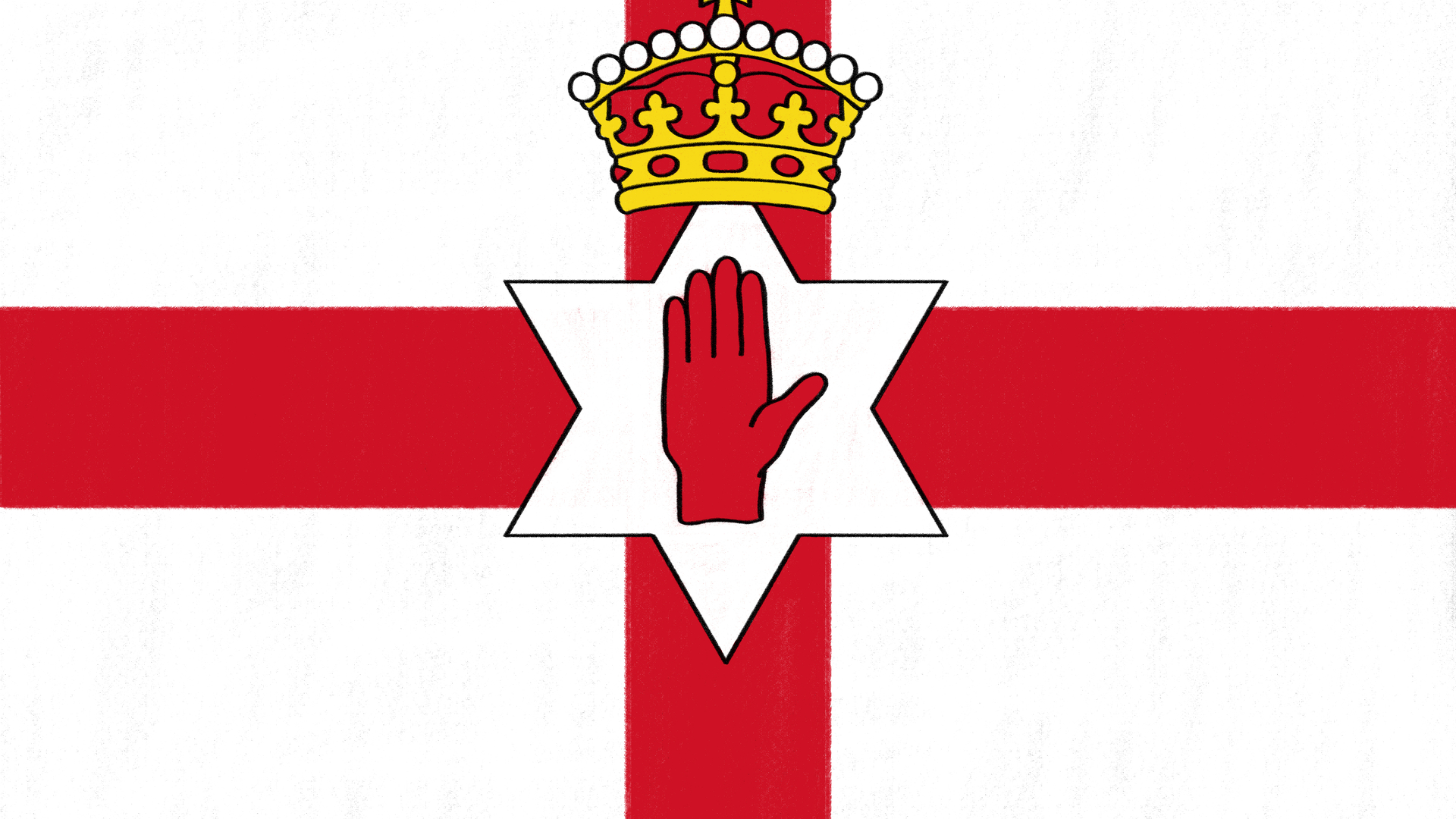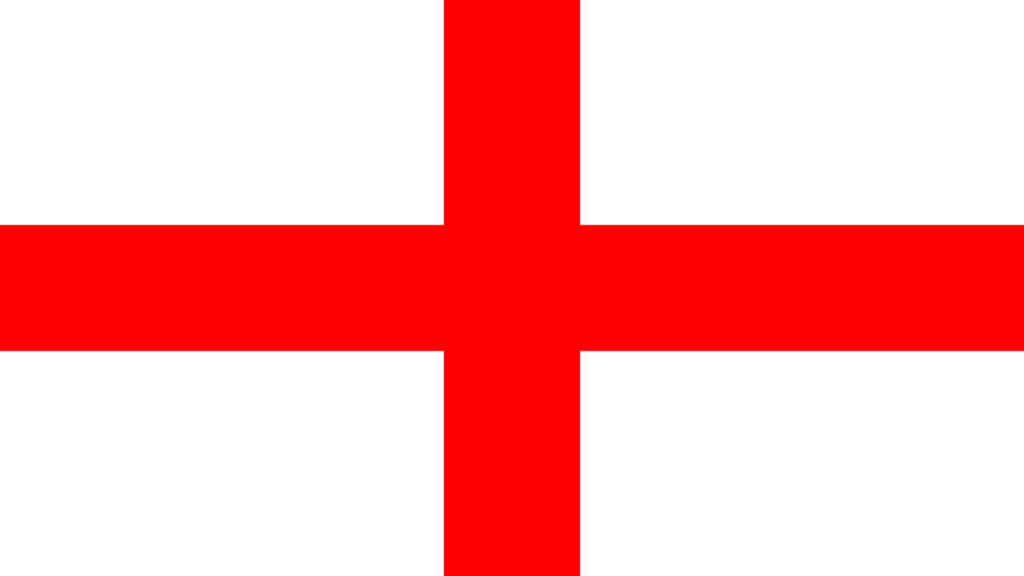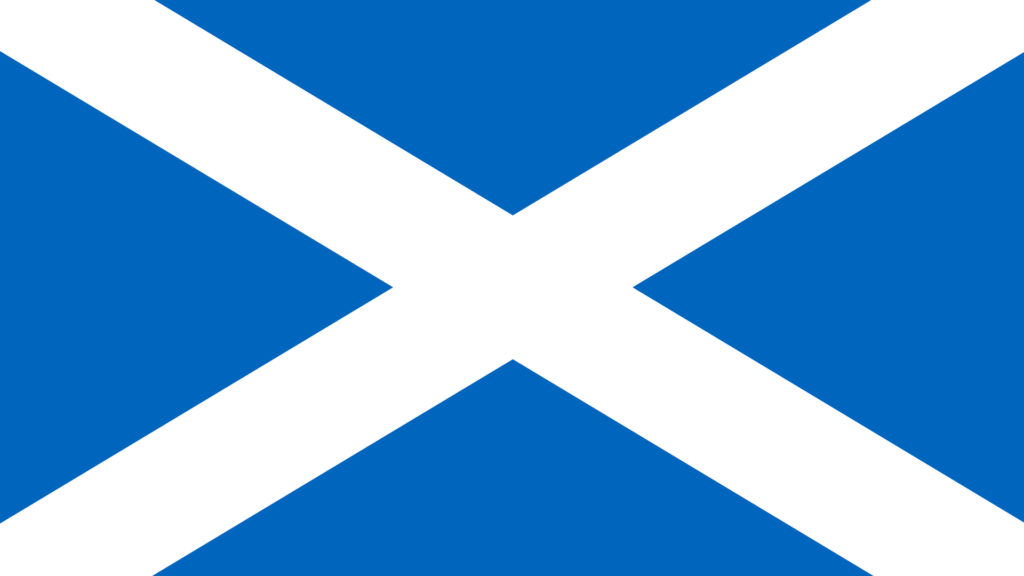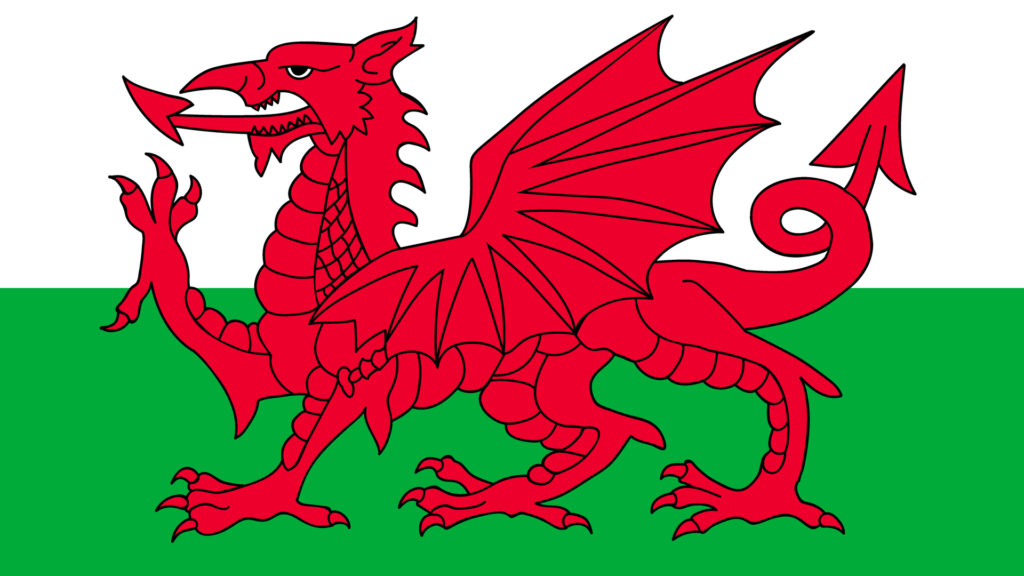If you live in Northern Ireland, some of the rules are changing.

The Details:
Over recent weeks, COVID-19 restrictions have been eased.
By making safer choices and following public health advice, you can help lower the spread of COVID-19 in the community.
Do your part to keep yourself and others healthy:
- book a test and self-isolate for 10 days if you have COVID-19 symptoms
- self-isolate if you have been identified as a close contact
- wash your hands
- wear a face-covering
- keep your distance from others
- limit your contacts
- avoid large gatherings and busy places
- spend time outdoors rather than indoors
- don’t travel to or from places with higher COVID-19 infection rates
Up to six people from no more than two households can meet in a private home and stay overnight. Children aged 12 and under are not counted in the total.
If a household has six or more members, they can visit another household, as long as there are no more than 10 people indoors. Children aged 12 and under are not counted in the total.
You should keep rooms well ventilated, maintain social distancing as much as possible and wash hands well and often.
Indicative date
An indicative date of 21 June has been set to allow up to 10 people from no more than two households to meet in a private dwelling and stay overnight.
If a single household has 10 members, the maximum is increased to 15 from no more than two households.
The indicative date of 21 June is subject to review on 17 June.
Gardens
Up to 15 people (including children) from no more than three households can meet up outdoors in a private garden, but you should maintain social distancing.
Indicative date
An indicative date of 21 June has been set to allow up to 15 people from any number of households to meet in a private garden.
The indicative date of 21 June is subject to review on 17 June.
Household bubbles (linked households)
You can form one bubble with one other household.
The two households in the bubble can be of any size, however indoor meetings between households in the bubble are limited to a maximum of 10 people, including children, at any one time.
If anyone within your bubble develops symptoms, all members of the bubble should self-isolate.
Indicative date
An indicative date of 21 June has been set to end household bubbles (linked households).
Up to six people from no more than two households can stay together overnight. Children aged 12 and under are not counted in the total.
If a household has six or more members the number staying together can be greater than six, as long as it is no more than 10. Children aged 12 and under are not counted in the total.
To determine the maximum number of people permitted to attend an indoor gathering, in a non-domestic setting, the organiser or operator must carry out a risk assessment.
Indoor gatherings of 15 people or fewer do not need a risk assessment.
The organiser must also take all reasonable measures to limit the risk of transmission of the coronavirus.
A person responsible for organising a gathering must, if requested to do so by a relevant person, provide:
- a copy of the risk assessment
and
- an account of the reasonable measures taken
It is important that indoor spaces are well ventilated at all times, by leaving doors and windows open. Frequently touched surfaces, such as door handles, should be cleaned regularly.
Good hand hygiene should be encouraged and social distancing between households maintained.
Up to 500 people can attend outdoor gatherings.
For the purposes of the Regulations, spectators and event participants are regarded as two separate gatherings.
The maximum number of spectators that can attend events will be limited to 500 people. The maximum number of participants in the event, including performers and staff, will also be limited to 500 people.
To determine maximum number that can attend, the organiser must have carried out a risk assessment. Outdoor gatherings of 30 people or fewer do not need a risk assessment.
The organiser must also take all reasonable measures to limit the risk of transmission of the coronavirus.
A person responsible for organising a gathering must, if requested to do so by a relevant person, provide:
- a copy of the risk assessment
and
- an account of the reasonable measures taken
You should maintain social distancing, as well as good hand and respiratory hygiene practices.
When travelling to large events you should walk, cycle or use private transport, shared only with members of your household where possible.
Indicative date
An indicative date of 21 June has been set to allow an increase in numbers attending outdoor gatherings.
To determine maximum number that can attend, the organiser must have carried out a risk assessment.
The indicative date of 21 June is subject to review on 17 June.
You should avoid visiting places where there is a chance that large numbers of people will gather and crowds will form.
If you go somewhere and there are crowds which will make social distancing difficult, consider going somewhere else instead.
When travelling you should walk, cycle or use private transport, shared only with members of your household where possible.
Guidance for travelling both internationally and within the Common Travel Area during the COVID-19 pandemic can be found at:
Face coverings
The use of face coverings is mandatory on public transport, in taxis, private buses, coaches and on aircraft, in train and bus stations and in airports unless an exemption applies. This includes:
- boarding any mode of public transport
- when on board any mode of public transport
and
- when present on public transport premises or stops
Accommodation
All types of tourism accommodation can open, including shared facilities on caravan sites and in hostels.
Up to six people from no more than two households can stay together overnight. Children aged 12 and under are not counted in the total.
If a household has six or more members the number staying together can be greater than six, as long as it is not more than 10 (children aged 12 years and under are not counted in the total).
Accommodation providers will be required to collect customer details to help with the Test, Trace, Protect contact tracing programme.
Customer details will include the:
- name and telephone number of each visitor over the age of 16
- date and duration of stay
Accommodation providers which sell or provide food or drink (whether or not including intoxicating liquor) for consumption on the premises must have carried out a risk assessment and take all reasonable measures to limit the risk of transmission of COVID-19.
Hospitality
Hospitality venues (cafes, restaurants, bars, pubs, social clubs, including in members’ clubs) are permitted to open.
A maximum of six people can be seated together. Children aged 12 and under are not counted in the total. More than six will be permitted if they all belong to a single household, as long as it is not more than 10. Children aged 12 and under are not counted in the total.
Venues will also be required to collect customer details to help with the Test, Trace, Protect contact tracing programme.
Customer details will include the:
- name and telephone number of each visitor over the age of 16
- date and time of arrival
Face coverings must be worn if you leave your table (to pay/ to access toilet facilities), unless exempt.
There must be no live music or dancing. Ambient music should be at a level that permits normal conversation.
A person responsible for a hospitality business must take reasonable measures to ensure that social distancing measures are maintained at all times to limit the risk of transmission of the coronavirus.
Indicative date
An indicative date of 21 June has been set to allow live music, at ambient levels (music should be at a level that permits normal conversation). Dancing is not permitted.
The indicative date of 21 June is subject to review on 17 June.
Outdoor and indoor visitor attractions are permitted to open (theatres and concert halls are not included) and are subject to the requirements on gatherings to determine the maximum numbers permitted access.
You must wear a face covering when you go to any indoor public space, unless exempt.
Venues will be required to collect customer details to help with the Test, Trace, Protect contact tracing programme.
Customer details will include the:
- name and telephone number of each visitor over the age of 16
- date and time
An indoor attraction including an amusement arcade, a bingo hall, a museum, a gallery or a cinema must take reasonable measures to ensure that social distancing measures are maintained at all times to limit the risk of transmission of the coronavirus.
Indicative date
An indicative date of 21 June has been set for the return of audiences in theatres, concert halls and other venues, as well as the return of conferences and exhibitions.
Live music will be permitted, without restriction to volume, for rehearsal, recording or performance purposes in concert venues, theatres and other indoor venues which, for the duration of the rehearsal, recording or performance are set aside for that purpose.
Live music events must be effectively controlled and managed. If the event is taking place in a venue that is part of larger premises (such as a hotel) it must be sufficiently isolated to ensure the volume of music in the venue does not breach ambient levels in other parts of the premises. Dancing is not permitted for audience members.
Entry to performances will be by ticket only, purchased in advance.
Audiences for indoor events must have allocated seating and guests must remain seated, (unless using facilities).
A maximum of six people can be seated together. Children aged 12 and under are not counted in the total.
An indicative date of 21 June has also been set to allow live music and dancing at outdoor events, without restriction to volume.
Social distancing at a minimum of one metre will be required for live music-related activity in indoor seated venues and will be advised for all outdoor events.
The indicative date of 21 June is subject to review on 17 June.
You should continue to work from home where you can.
Employers should take every possible step to facilitate their employees working from home.
Employers that require staff to come into the workplace must complete a mandatory risk assessment. Some employers may have introduced regular COVID-19 testing for employees as part of these measures.
You may also want to consider how you get to and from work, for example, try to avoid car sharing.
Meeting others for work and business purposes
You can meet other people indoors where it is necessary for your work.
Shops must take all reasonable measures to manage risk, including making sure measures are in place to maintain social distancing.
You must wear a face covering when you go to any retail premises, including any indoor area of a shopping centre, unless exempt.
Information on how to stay safe when shopping is available at:
Close contact services (including those provided from a mobile setting) are permitted to open strictly by appointment.
Close contact businesses are also required to collect customer details to help with the Test, Trace, Protect contact tracing programme.
Indicative date
An indicative date of 21 June has been set to allow close contact services to open without appointments but with remaining mitigations.
Outdoor sport
All outdoor sport, whether organised formally by your local sports club or informally by a group of friends, is permitted.
The maximum number of participants, including coaches and support staff is limited to 500 people and the maximum number of spectators is limited to 500 people.
Risk assessments, as set out in the regulations, must be completed where there will be between 31 and 500 participants and/or spectators in attendance.
Indoor sport
Indoor sport and leisure venues are permitted to open, subject to risk assessment conditions, as set out in the Public Health Regulations, hygiene measures, social distancing and other mitigations.
Permitted indoor venues include:
- leisure centres
- gyms
- swimming pools
- equestrian centres
- venues relating to motor sports
- activity centres
Group exercise/ training and indoor club training in squads is permitted. A risk assessment, as set out in the regulations, must be completed where there will be over 15 people taking part.
Indoor ‘competitive sport’ is not permitted unless participants are elite athletes.
Changing rooms and shower facilities can be opened, but you should avoid or minimise use where possible (for example, by arriving in kit and showering at home) and minimise time spent in the changing area.
The return to sport protocols put in place by sports governing bodies should be strictly adhered to including hygiene measures, social distancing and other mitigations.
Any behaviour which may encourage the risk of transmission around sports activities, such as car sharing, congregation of people on the side-lines and sporting celebrations, should be avoided.
Sports governing bodies have a responsibility to ensure full compliance with the protocols and are expected to put arrangements in place to deal with non-compliant clubs, participants and coaches.
From 31 May
From 31 May, competitive indoor sport (subject to risk assessment and appropriate mitigations) will be permitted.
Visits
A phased approach to increasing the visitors to hospitals has been introduced, as below.
General hospitals
One daily visit from one of two nominated individuals (from up to two households) can be permitted, with the timing/ duration agreed with the person in charge.
Maternity
A chosen birth partner will be facilitated to accompany the pregnant woman:
- to any pregnancy related appointments or ultrasound scans
- for induction of labour, duration of labour and birth
- for up to three hours after the birth
Where the woman is receiving inpatient care, one daily visit from one of two nominated individuals (from up to two households) can be permitted.
Hospice care
One daily visit from two nominated individuals can be permitted at the same time.
Visiting arrangements will be eased as fast as possible, taking into account the risks in specific areas and monitored by the Trusts, the Public Health Agency and the Department of Health.
There is a guidance document ‘a pathway to enhanced visiting’ available at:
As well as reading the full guidance, also check with individual hospitals/ wards before you visit, as restrictions may change depending on prevailing circumstances in particular settings.
Health services
Hospitals, GP practices, dentists and pharmacies continue to provide care for those with health needs.
You should continue to seek advice from health and care professionals such as GPs, nurses and pharmacists.
Ignoring potential health problems or symptoms can have serious consequences, so it is vitally important that you do not delay in seeking help.
Care homes
Since 7 May, the most recent guidance ‘visiting with care – a pathway’ has changed visiting arrangements in all health and social care settings to allow:
- two visits per week (to be reviewed with a view to increasing to three)
- children to visit as long as they adhere to all required IPC measures
- visits limited to two people at one time and lasting up to one hour
- residents to resume trips out of the home (following the general restrictions applicable to the general public)
Visiting arrangements will be eased as fast as possible, taking into account the risks in specific areas and will be monitored by the Public Health Agency and the Department of Health.
You are recommended to read the full guidance document, at the following link and check the applicable arrangements with the individual care home.
Source: nidirect.gov.uk


